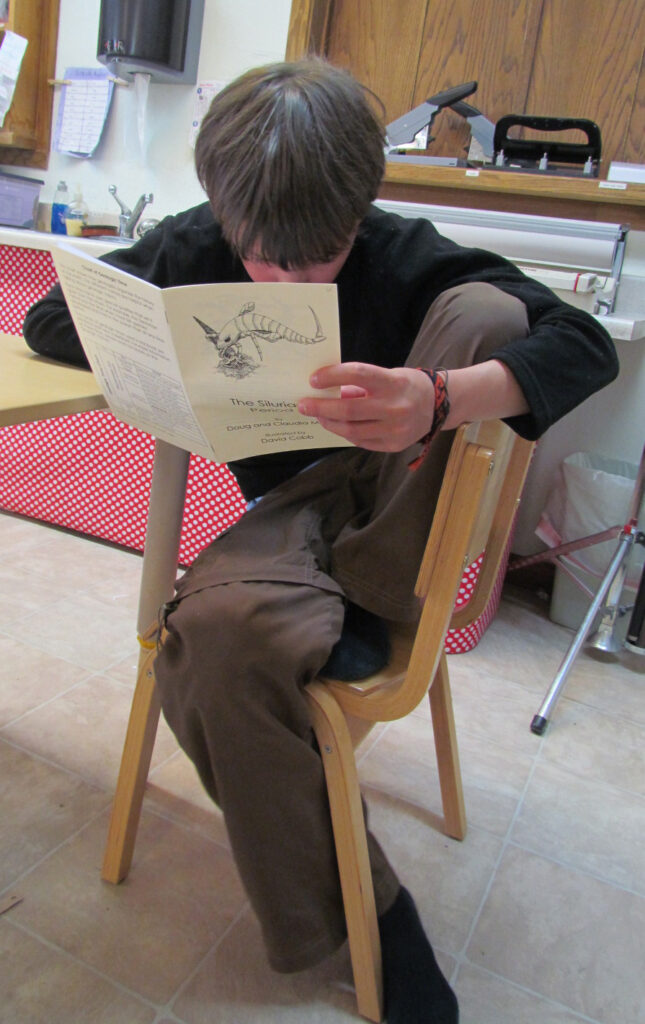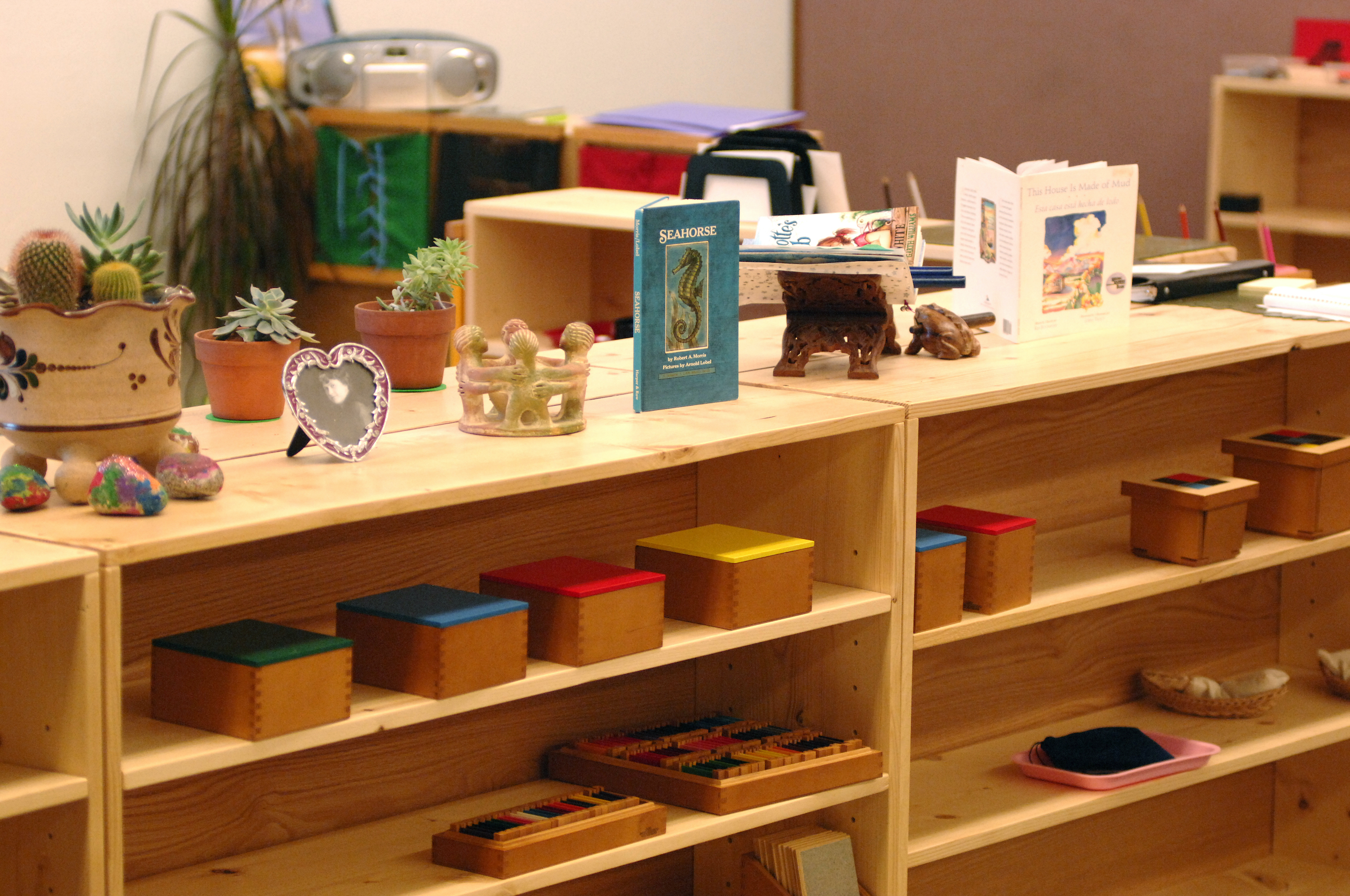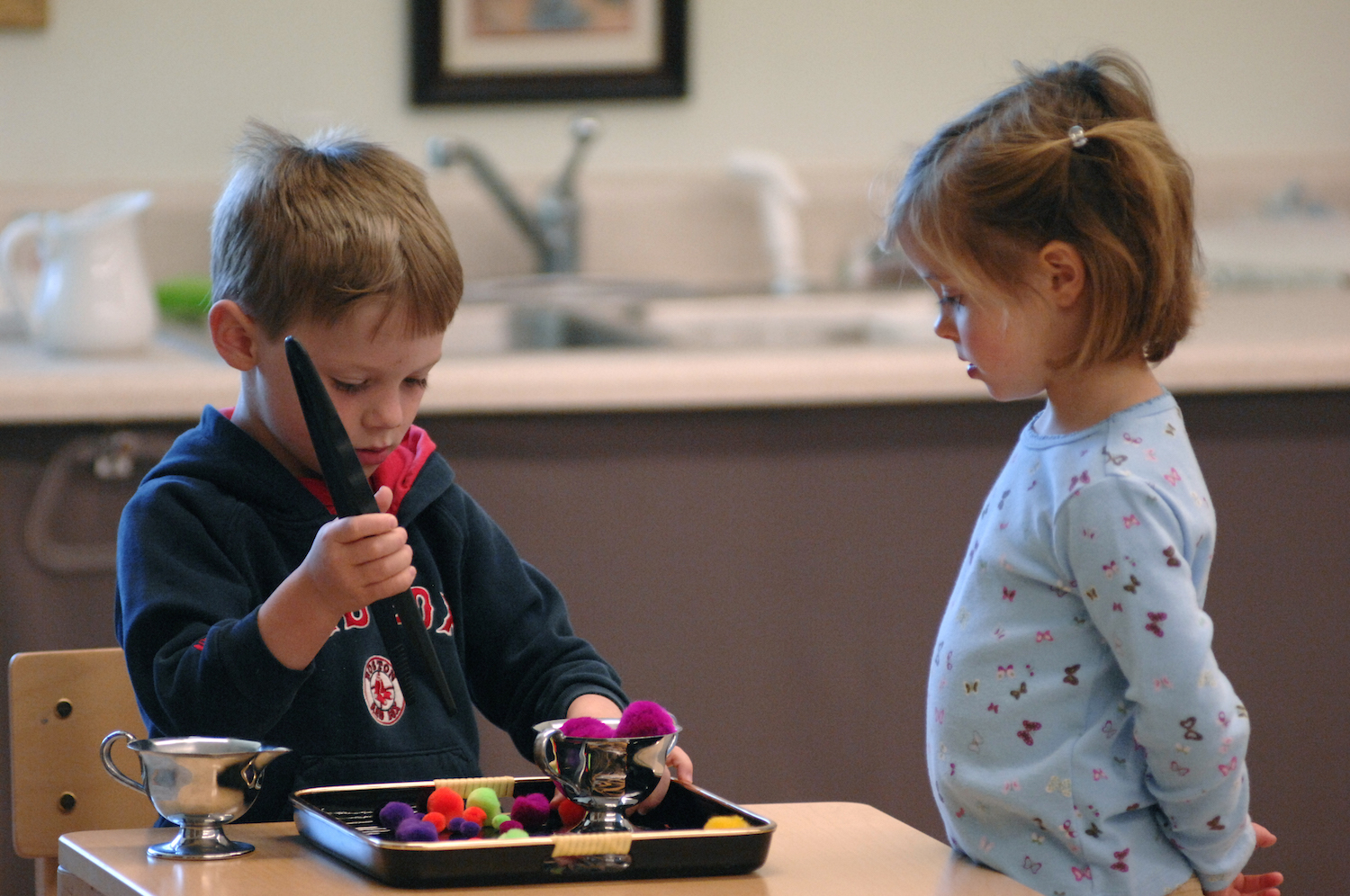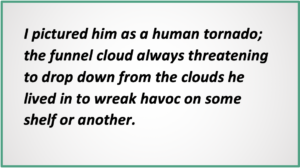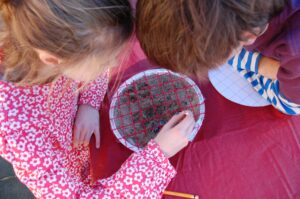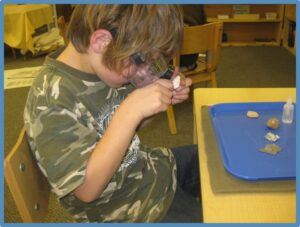2020 and 2021 offered up incredible challenges to teachers and parents. You had to turn on a dime in March, 2020 and things didn’t get a lot better for many of you throughout 2020/2021. So with a return to the actual classroom, this fall is going to offer an opportunity for a genuine fresh start to your elementary Montessori program.
We’re talking long-game here. Any one of these 3 items will lighten your load in the first weeks of school, so don’t worry about doing them all. Choose just one and I guarantee you’ll have a leg up on those first days of prep week!
1. Prepare for the Great Lessons +1
I know that many of you find it tedious and time consuming to shop for and put together all the little things that make the Great Lessons truly AMAZING! But this can get taken care of pretty easily with a shopping list tucked into your wallet where you can find it next time you hit the Dollar Tree or Safeway.
Why are the Great Lessons + 1 on the list? (BTW, the +1 is the Fundamental Human Needs lesson and related works) For an elementary Montessori class, these lessons are the inspiration for the entire Cosmic Curriculum. They’re the foundation of Cosmic Education and the cornerstone of elementary Montessori. You simply can’t leave them out if you want to inspire your students’ wonder and curiosity. Since getting these lessons together takes planning, shopping and organizing, especially the first, most impression-creating Coming of the Universe, having everything ready before prep week makes so much sense.
I deliver these lessons during the first few weeks of school so they not only inspire the students, but also lay the groundwork of the “learning norms” used throughout the school year and in years to come. My Great Lessons have follow-up “treasure boxes” that have things to read, write, make, draw…lots of choices to inspire follow up while practicing reading, writing, collaboration with a partner, and math.
Right now, my Dollar Tree is already stocking up for the fall with trays and containers so it’s a great time to pick up what you need and have it all prepared for the day you decide the students are ready for it.
2. Reverse Engineer Accountability Systems
My accountability got a lot easier when I created systems that started with a look at the expectations of all the stakeholders (ie. parents, administrator/supervisor, standards, child, and ME!) I needed to satisfy. Once this was done, I set up systems that more closely aligned with getting the information I needed to address those expectations. Next I planned for gathering the data a little at a time and using the human resources at my disposal: my students. Lastly, I planned for how I would get this data from my students in a way that required little of my personal time outside of class. Let me give you a few details.
I spent a little time mulling over who owned the different expectations and how I would prioritize them. Once I’d been teaching a few years, this really didn’t take long, but it did reveal a conflict I think many of us Montessorians face. We tout “Follow the Child” but find ourselves really following the Common Core State Standards or “Mom & Dad’s Ideas for Greatness.” While a conflict may exist, we can’t ignore those expectations. My solution: Know ‘Em & Address ‘Em, but Follow the Child to Account for ‘Em.
Start by making a chart for yourself with, at a minimum, each of these:
- Parents need to know their child is not only making progress but making progress in the things that matter.
- Administrators need to know that you are providing a quality Montessori program that will address the accountability measures the school has chosen to mandate.
- You need to know that the inspiration and accompanying work you are providing is moving the students’ progress and excitement to learn ever forward.
- The child needs to have the skills that will allow them to meet their curiosity head on.
- And everyone, including you, needs consistent reassurance that everything’s going ok.
Once you’ve decided what each of these folks needs to know, take a look at the data you need to collect. Lucky for you, those CCSS can be a great focuser when it comes to the HUGE Montessori curriculum. You can use those standards, which are actually not all that monstrous, to help you stay focused in both your accounting and reporting.
Next, plan how and how often you will follow-up with your students. I’m a big fan of putting as much of the accountability onto my students as possible which requires some up-front teaching:
- Give the students the answers to math problems and have them check their own work.
- Model finding mistakes to be more important than getting right answers.
- Make teaching students to work together to complete their follow-ups as important as outlining what the follow-up entails.
- Work with teams of students to develop quality standards so they learn to be discerning.
- Have them check each other and write weekly reviews.
Hold accountability meetings with your students every few days to model getting progress reports from them. You can use the notes you take in these meetings to plan for next steps and to make mini reports for parents that go home once a month. These meetings could take place at the same time every week, on the same day for all, or throughout the week. You’ll quickly know which students need more support and possibly more regular accountability meetings after a few days or a couple of weeks. Look at your own time management systems and make these meetings a priority OVER lessons in the beginning. You’re training students to be accountable which will pay off big time in a few weeks.
Make your “monthly report” a simple check-sheet that students complete themselves and you review throughout the month, sending home regularly. Help parents get used to the idea that their child’s recording keeping is them becoming accountable, while you are the knowledgeable coach who knows what they need to accomplish and regularly checks the progress. Keep the responsibility squarely on the student. For your youngest students, you’ll need to model creating those check sheets, likely making them yourself for several weeks or months, but gradually pulling back as they are able to manage themselves.
Finally, don’t send the papers home…take a screenshot, send copies to your parents, your student records, and build them into your progress reports as you go along so that when progress reports have to be turned in, the amount of work you have to do will be greatly reduced.
Go for quality not quantity…and observe the progress consistently. Which brings me to a third choice.
3. Prepare and Practice Observation
I’m not a huge fan of the 15 or 20 minute observation practice. It’s not that I don’t like it. I love nothing more than sitting for a nice long stretch and watching my students. But the reality was that it didn’t happen often or consistently enough to really work for me. If you can already get 2 to 3 of these types of observations into your schedule every week, then you can definitely skip this choice. But for those of you who are like me and need to find another way to observe that you can actually manage, I have a plan for you!
My observation system required me to do a few things:
- Create a notebook with a sheet for every child. Also include a section with pages for weekly planning notes based on your observations.
- Purchase a large pack of mailing labels.
- Wear an apron or pants/skirts with BIG pockets (or make a tie-on pocket like women did in the past…here’s a fun history of that: https://www.mic.com/articles/133948/the-weird-complicated-sexist-history-of-pockets)
- Have a source of pens that live in one place in your classroom that only YOU know about.
- Make your Observer Signal. For me, this was usually a quickly made sign that hung around my neck that said “Observer” or “Observing” in big letters.
- Purchase a beautiful journal and special pen.
- Gather an item that you will yearn to use a couple of times a day: a special tea or coffee that can be prepared quickly in the classroom, an inspirational quote set in a frame, a fragrance sachet or candle, a seashell or pine cone gathered on a memorable outing…really anything that speaks of a calming, peaceful moment.
Put the last three items (observer signal, beautiful journal and special pen, and calming item) in a basket that can be easily picked up and taken to a place in the room where you will sit for 2 to 5 minutes at least once, but better, twice EVERY day.
Put the mailing labels and one pen in the pocket of your apron and hang that in a place where it’s ready to go on every morning.
Now you’re ready to practice. Beginning RIGHT NOW make it a habit to stop whatever you’re doing at least once each morning and once each afternoon, to sit for 2-5 minutes and take in the space around you. You could even do this in the grocery store (although you’d probably have to stand and lean on your cart). During this time practice taking long, slow, deep breaths, consciously easing any stress you feel, all while you scan the space you’re in.
From an observational perspective, this habit is getting you ready for stopping each and every day to scan your classroom. In your journal, you are free to write or not write, and you could even choose to doodle, but use this time to center yourself in a peaceful moment while you scan the classroom and discipline yourself to stay seated. There are VERY few things that can happen that you absolutely MUST address, even a couple of angry students. Once you’re back in school later this summer, you’ll teach your students that they can be responsible for themselves during this time. Be firm about it. Don’t answer questions, don’t allow interruptions to your quiet moment (REALLY…it’s only a couple of minutes) and don’t get up! You’ll need to teach some alternatives, but your students will learn how to make this your sacred time…and you’ll be giving them permission to take their own sacred time, too.
For now, just practice the habit of taking calming, brief midmorning and midafternoon moments so you will grow to view them as something you won’t want to give up at all.
About those labels: you’ll use them throughout your day to jot observation notes. I usually printed mine with the three things I needed to make sure I made note of: the student’s name, the date and the time. Then, whenever I saw something noteworthy throughout the day, I pulled the mailing labels from my apron and made a quick and short note of it. At the end of the morning or the end of the day, I organized the notes onto the student pages. If the note had to be copied to also go on another student’s page, it was short enough to do it quickly on a new label.
Any of these three will surely put you in the driver’s seat when it comes to starting over in the new school year. If you do all three, well, you’re a rock star. I predict you’re in for a year to remember…in a good way!
